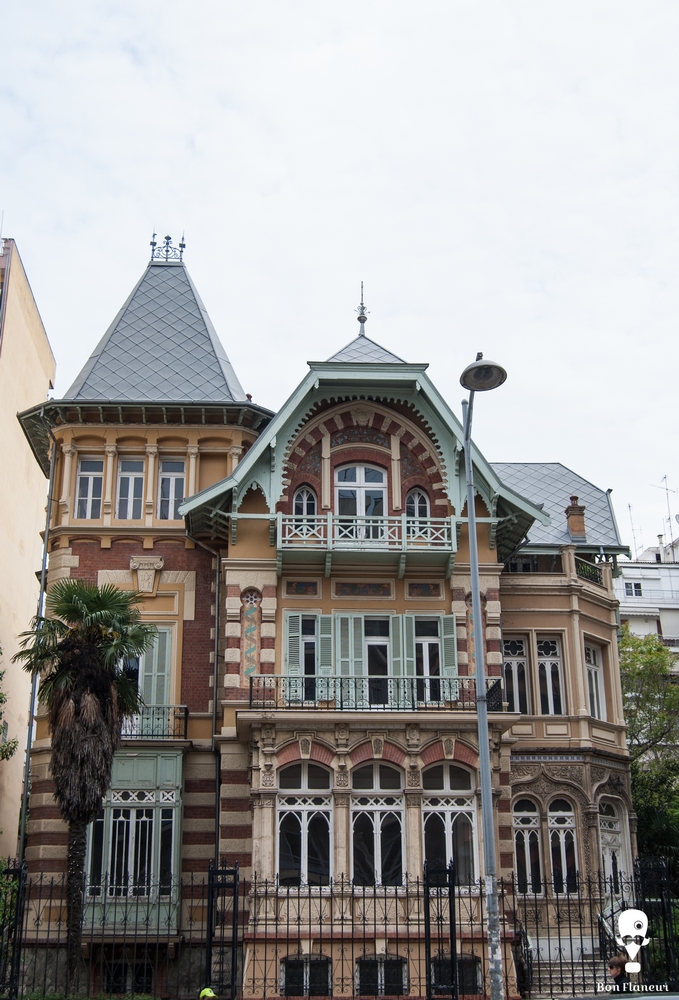Ahmed Kapantzi house
The Ahmed Kapantzi house is a tower-shape house of eclectic architecture.
Location
Timeline
Modern and Contemporary era (1912 - )
1926 Its gradual pass to the Greek public began.
2012 Sold to a private individual.
Ottoman era (1453- 1912)
1905 According to bibliography, the period of construction is either 1905-1907 or 1893-1895. The first is more likely.



Share